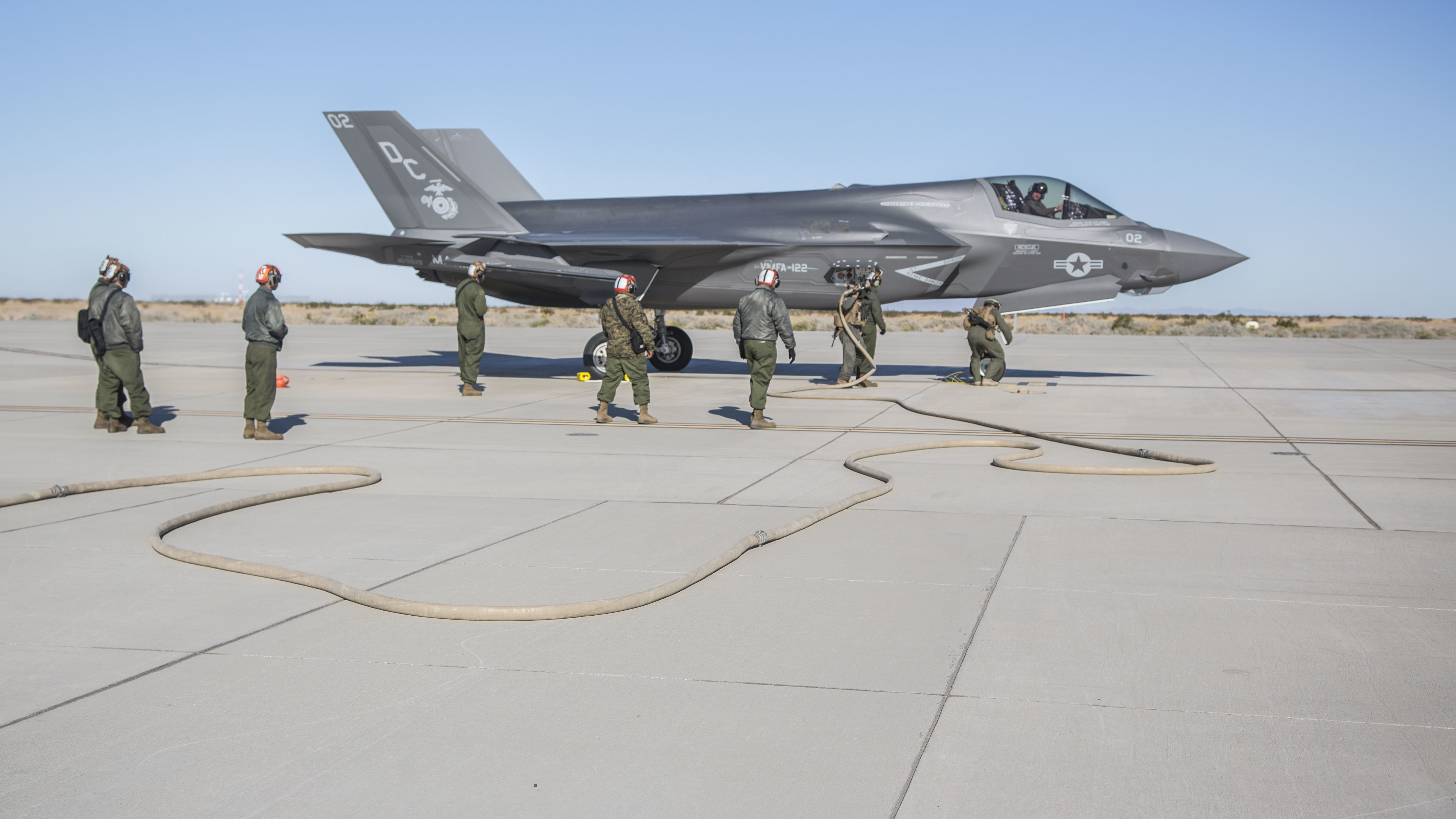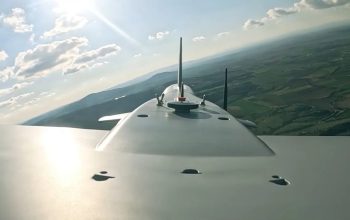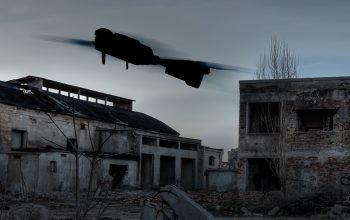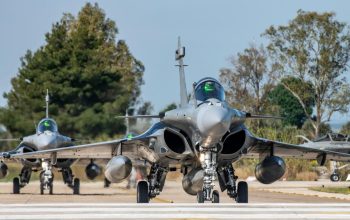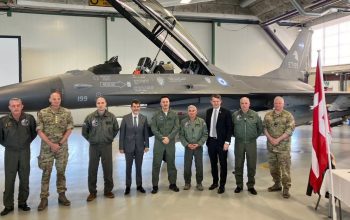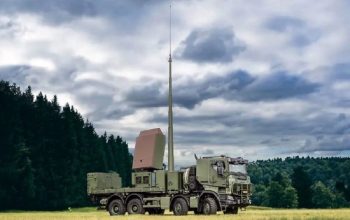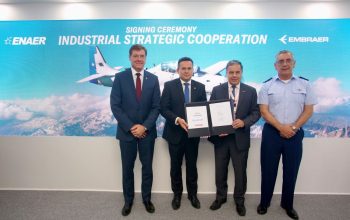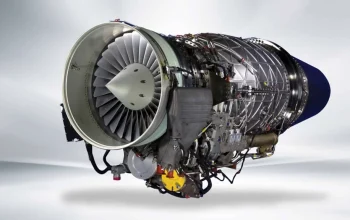Five minutes. That’s the amount of time it took for Marines with United States Marine Corps Wing Support Squadron 371 to refuel an F-35B Lightning II and get it back in the air. This was all part of a forward arming and refueling point operation hosted by Marine Corps Air Station Yuma during which the tactical aviation ground refueling system was employed. A FARP is setup by a support squadron and can have one or several distributive fuel points across a landing zone that enable aircraft to land and obtain both fuel and ordnance during a mission.
The TAGRS was first implemented by MWSS-371 during Weapons and Tactics Instructor Course 1-19 in October 2018. The TAGRS team, led by Chief Warrant Officer 2 Chris Moser, the MWSS-371 fuels officer, succeeded in reducing the one-point FARP establishment time by 90 percent and the total refueling time by 50 percent. The TAGRS includes all of the refueling components in one compact system allowing for rapid setup and breakdown. The EABO concept advocates employing mobile, relatively low-cost capabilities such as the TAGRS to create a foot hold in order to extend the area of operations.
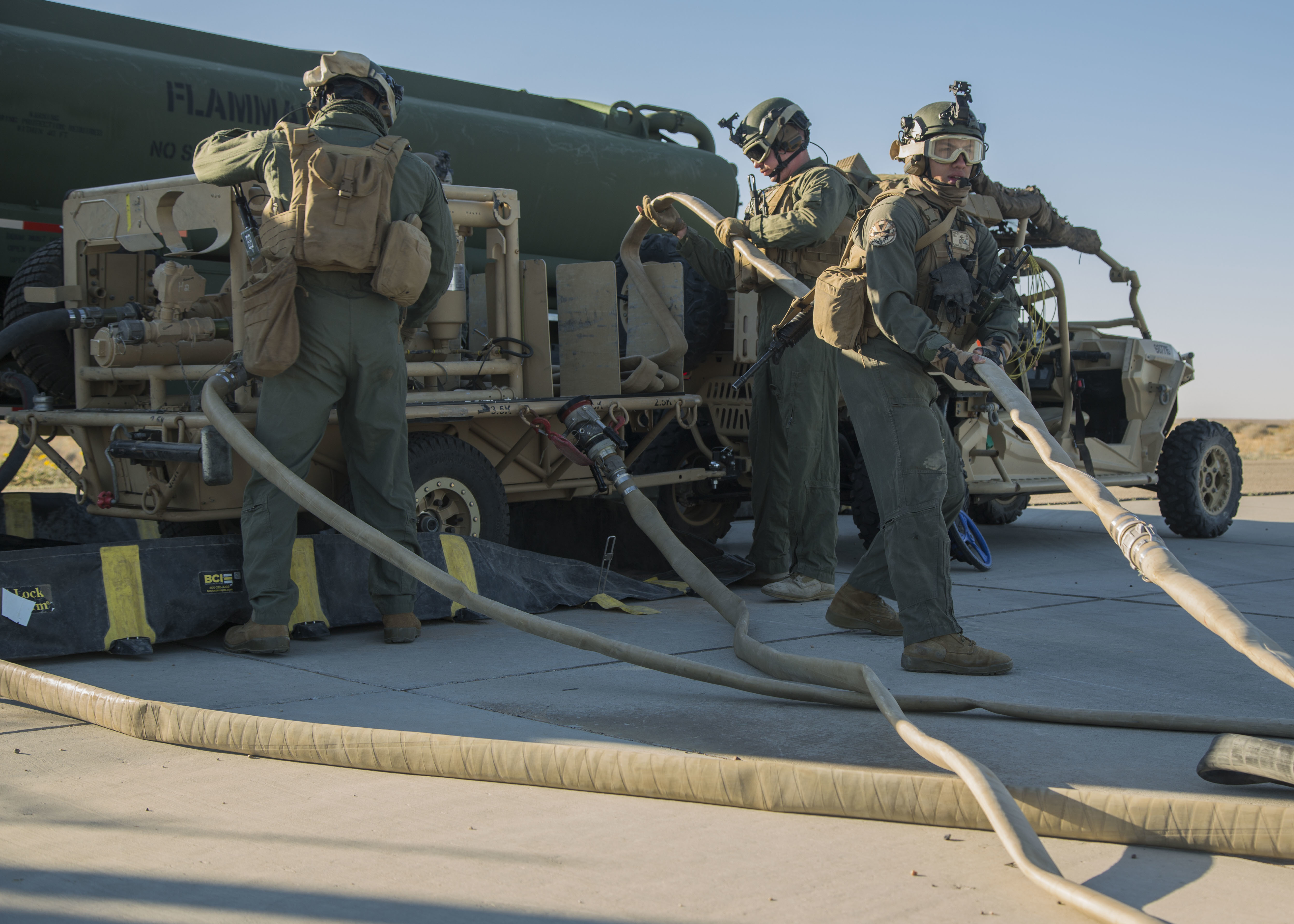
The TAGRS and its operators are capable of being air-inserted making the asset expeditionary. It effectively eliminates the complications of embarkation and transportation of gear to the landing zone. It can pump fuel faster than the helicopter expedient refueling system, and it has four filter separators in it to filter out water and sediment, along with two points and two fire extinguishers. Not only is the TAGRS a faster refueling system but it also requires half the manpower to operate than it normally would to conduct a FARP operation.
The system is only as effective as the United States Marine Corps who operate it. The TAGRS team is responsible for guiding the aircraft within the FARP and testing the quality of the fuel. They are also trained is navigation displacement techniques. The team leader plays a crucial role of maintaining the immediate airspace in place of a mobile air traffic control team. The TAGRS has revolutionized the way the MWSS conducts its FARPs. As America’s “Force in Readiness”, Marines must remain ready when others are not. Modernization is essential in maintaining lethality on the battlefield and 3rd MAW is leading the charge.
